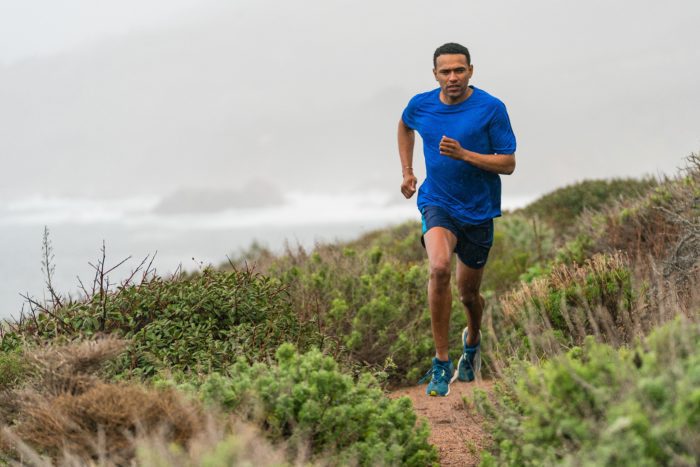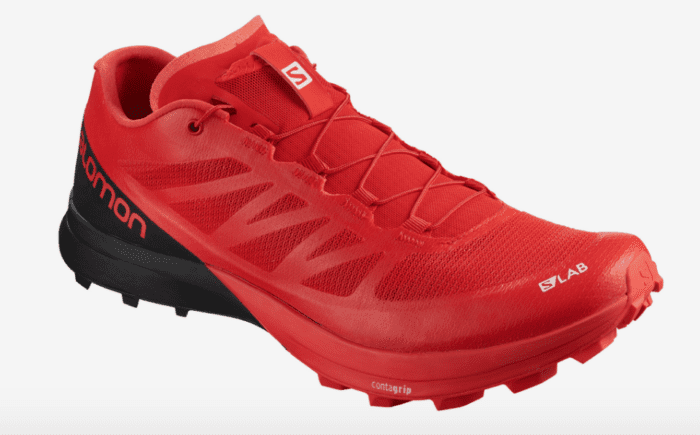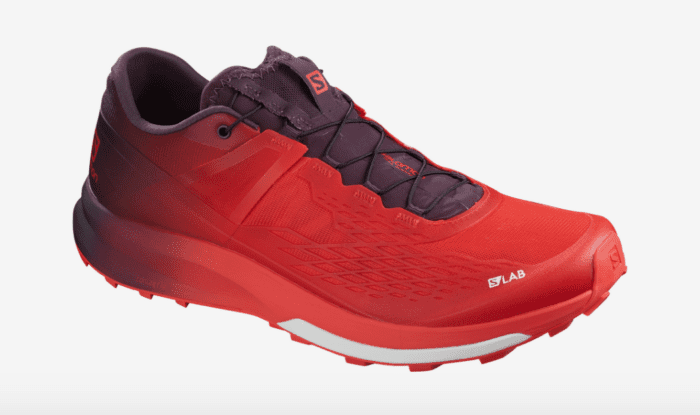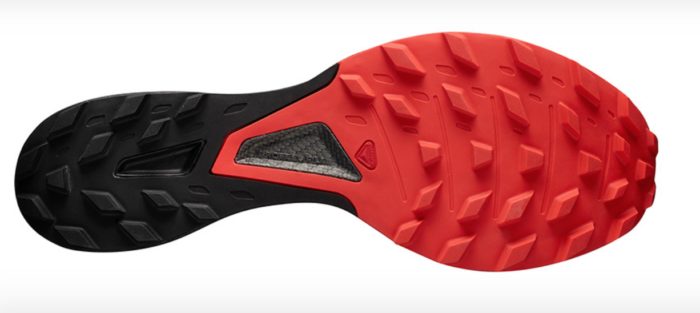What to look for in a trail shoe: part two
Part two of what to consider when buying a trail running shoe

Yesterday we covered what comfort, conditions, and cushion means for a trail shoe. Today, part two consists of everything else to consider when buying a trail running shoe. Keep these things in mind before heading to your local run store for a fitting and more information.
RELATED: What to look for in a trail shoe: part one

Drop
Heel to toe drop ranges from 0mm to 12mm or more. If this is your first trail shoe, find out what the drop is in your regular running shoes, and try to match it. Maximum cushion does not necessarily mean maximum heel to toe drop, and it is possible to find shoes that suit exactly what you’re looking for.
Durability
The upper, siding, and midsole of the shoe is important for trail running. The shoe’s longevity often depends on how durable the fabric is. It also depends on what type of conditions you will be running on. For example, don’t run in a shoe with a full mesh upper if you hit the trails in the Pacific Northwest. Salomon increases the durability of their mesh to protect areas which are prone to deteriorating without weighing down the shoe.
Rock plate
If your shoe doesn’t have a rock plate, is it even a trail runner? The answer is, yes. Not all trail running shoes have a rock plate. A rock plate is usually made from carbon or plastic fibre. It’s one way a shoe can enhance its durability and protection against sharp objects on the trail. On long and rugged distances, a rock plate can help feet feel fresh for longer. Choosing whether to run with a rock plate or not, is like anything in running–it’s all about personal preference.
RELATED: Trail tested: The Saucony Switchback

Weight
Trail shoes don’t need to feel sturdy and heavy to do their job. With all the options on the market these days, trail running shoes can be as light and agile as you wish. If you’re used to a lighter shoe on the roads, then seek out a trail runner that is similar. If hitting the trails with more protection and a sturdier shoe feels great, then do that. It’s all about personal preference and comfort level. For example, the Salomon S/Lap Sense 7 is both light with exceptional grip and lugs.
Grip
The grip and lugs on the sole of a trail runner can determine how confident one feels on technical terrain. Lugs for dry and dusty trails will likely look different than those ideal for wet and muddy conditions. Wearing a shoe with lugs that compement the terrain can turn a hesitant trail runner into a confident beast. If a shoe has good sole, you can probably trust it on the trails.

Lacing
Not all laces are created equal. Salomon’s common minimal Quicklace lacing system is a go-to for many trail runners. The laces tighten with one pull of the strings, and then tuck away into the tongue to ensure safety while dancing over the trails. The Saucony Boa lacing system tightens with a knob, also leaving traditional laces a thing of the past. The lacing system of a trail shoe is far down on the list of priorities to consider, since laces can often be modified by the runner.
Aesthetics
We don’t do this to look good, but if you want to, that’s okay too. Pro tip: if you don’t like the colour of the current model, ask for an older version or one designed for the opposite gender.


